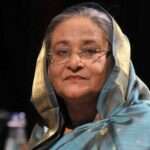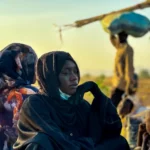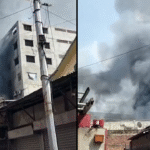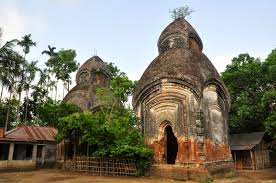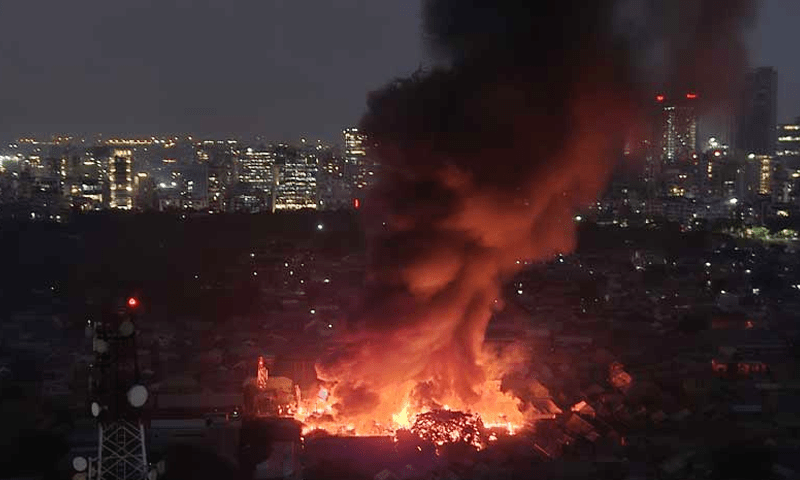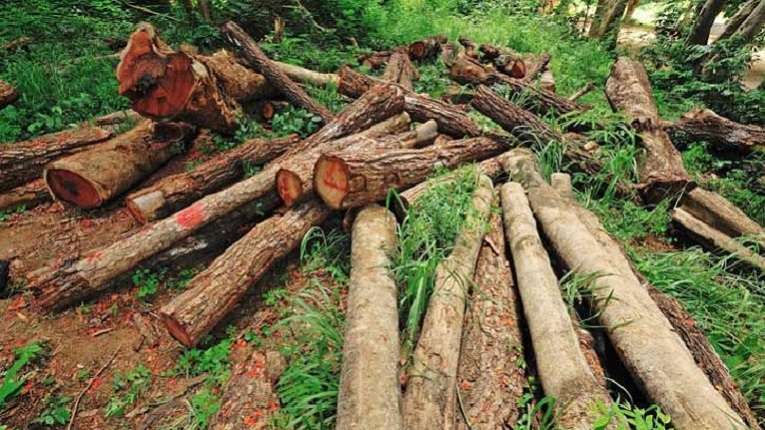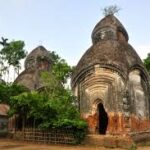 Introduction to Pirojpur District-
Introduction to Pirojpur District-
Pirojpur District is one of the prominent districts in southern Bangladesh, located in the Barisal Division. Known for its rich cultural heritage, lush greenery, riverine beauty, and vibrant local economy, Pirojpur plays a significant role in the socio-economic development of the region.
This blog will explore every aspect of the district — its geography, history, economy, education, culture, and tourist attractions, providing a complete view of Pirojpur like a Wikipedia article.
Geographic Location-
Pirojpur District lies between 22°15′ and 22°52′ North Latitude and 89°52′ and 90°11′ East Longitude. It is bordered by:
- North: Gopalganj and Barisal
- South: Barguna
- East: Jhalokati and Barisal
- West: Bagerhat
- Total Area: 1,277.80 sq km
- Main Rivers: Baleshwar, Kocha, Kaliganga, Sandha, and Damodor
The district is part of the Ganges Delta and is heavily influenced by its rivers and canals.
History of Pirojpur-
The area of Pirojpur has a long historical legacy. It was once part of the ancient kingdoms of Vanga and later under Mughal rule. During British colonial times, the region became part of Bakerganj District.
- In 1984, Pirojpur was established as a separate district, carved out of the former Barisal district.
- The district played a vital role during the Bangladesh Liberation War of 1971, with several mass graves and memorials commemorating the sacrifices made here.
Administrative Subdivisions-
Pirojpur District is administratively divided into 7 upazilas (sub-districts):
- Pirojpur Sadar
- Nesarabad (Swarupkathi)
- Mathbaria
- Nazirpur
- Kawkhali
- Bhandaria
- Indurkani (Zianagar)
Each upazila is further subdivided into unions, municipalities, and villages.
Population and Demographics-
According to the 2022 census, Pirojpur District has a population of approximately 1.2 million people.
- Religion:
- Muslims: 89%
- Hindus: 10%
- Others: 1%
- Language: Bengali (with local dialects)
- Literacy Rate: Around 74%
Economy of Pirojpur-
The economy of Pirojpur is mostly agriculture-based, but fishing, trade, and remittances from expatriates also contribute significantly.
Main economic sectors:
- Agriculture: Rice, betel leaves, coconut, bananas, vegetables
- Fisheries: River and pond fish farming
- Forestry: Timber and golpata from nearby Sundarbans
- Cottage Industries: Weaving, pottery, bamboo crafts
- Remittances: From expatriate workers in the Middle East and Malaysia
Pirojpur is well-known for its high-quality betel leaves and coconut production.
Education in Pirojpur-
Pirojpur has a strong base in education, with several notable schools, colleges, and madrasahs.
Notable Institutions:
- Pirojpur Government College
- Swarupkathi Degree College
- Government Suhrawardy College
- Pirojpur Government Girls’ High School
- Pirojpur Polytechnic Institute
The district’s education rate is gradually improving, especially with recent government projects to modernize rural schools.
Healthcare Facilities-
Pirojpur has a government District Hospital, Upazila Health Complexes, and several private clinics.
- Challenges: Doctor shortages in remote areas, lack of advanced diagnostic equipment
- Progress: E-health services, community clinics, vaccination programs
Transport and Communication
Pirojpur is well-connected via road and river networks. Though there is no railway line, the development of roads and bridges has significantly improved accessibility.
- By Road: Connected to Barisal and Dhaka via highways
- By River: Launches and boats operate on major rivers
- Bridges: Several modern bridges have been built over the Kocha and Kaliganga rivers
Culture and Traditions-
The culture of Pirojpur is deeply rooted in the folk traditions of Bengal.
- Folk Music: Baul, Bhawaiya, Jari, Sari
- Festivals: Eid, Durga Puja, Nabanna, Bhadra Sankranti
- Cuisine: Fish curry, coconut-based sweets, pitha (rice cakes)
- Crafts: Pottery, weaving, and bamboo crafts
Major Tourist Attractions-
Pirojpur may not be as famous as Cox’s Bazar or Sundarbans, but it offers serene beauty and historical significance.
- Guava Orchards of Swarupkathi: Often called the “floating guava market,” these are unique in Bangladesh
- Shatshoiya Temple (Mathbaria): A beautiful terracotta temple
- Sundarbans Edge: Southern Pirojpur borders the world’s largest mangrove forest
- Old Zamindar Houses: Colonial-era mansions spread across the district
- Muktijuddho Memorials: War memorials in Sadar and Nazirpur
Natural Environment-
The landscape of Pirojpur is characterized by rivers, canals, and greenery. Seasonal flooding is common, but it also enriches the soil.
- Climate: Tropical monsoon
- Flora: Palm, coconut, betel, jackfruit, bamboo
- Fauna: Birds, freshwater fish, amphibians
Environmental conservation is becoming more important due to climate change and river erosion.
Prominent Personalities-
- Suranjit Sengupta: Veteran politician
- Sikandar Abu Zafar: Renowned poet and writer
- Sheikh Harunur Rashid: Historian and academic
Development and Future Potential-
Pirojpur District has tremendous potential in eco-tourism, agri-business, and rural industry. With continued infrastructure development, it can become a model district.
Ongoing Projects:
- Bridge-building over rivers
- Rural electrification and solar energy
- ICT centers and digital schools
- Agricultural training programs
- Eco-tourism promotion
Conclusion-
Pirojpur District stands out as a unique blend of natural beauty, historical heritage, and economic resilience. From floating fruit markets to traditional temples, and from agricultural prowess to rising literacy, it showcases the spirit of rural progress in Bangladesh. With ongoing development efforts, the future of Pirojpur looks bright and promising.
Frequently Asked Questions-
What is Pirojpur District famous for?
Pirojpur District is famous for its guava orchards, riverine beauty, and rich cultural heritage. The floating guava markets of Swarupkathi are particularly popular.
How many upazilas are there in Pirojpur District?
There are 7 upazilas in Pirojpur District — Pirojpur Sadar, Mathbaria, Nazirpur, Nesarabad (Swarupkathi), Bhandaria, Kawkhali, and Indurkani.
Which division does Pirojpur belong to?
Pirojpur is part of the Barisal Division in southern Bangladesh.
What are the main rivers flowing through Pirojpur?
Main rivers include the Baleshwar, Kocha, Kaliganga, Sandha, and Damodor.
Is Pirojpur good for tourism?
Yes, Pirojpur has eco-tourism potential with attractions like floating guava markets, temples, rivers, and natural greenery.
What is the literacy rate in Pirojpur?
The current literacy rate in Pirojpur is approximately 74%, with steady growth due to educational reforms.
How is the healthcare system in Pirojpur?
The district has a district hospital and several health complexes, but still faces challenges in remote areas.
What agricultural products are notable in Pirojpur?
Betel leaves, guavas, rice, coconut, and vegetables are the primary agricultural products.





